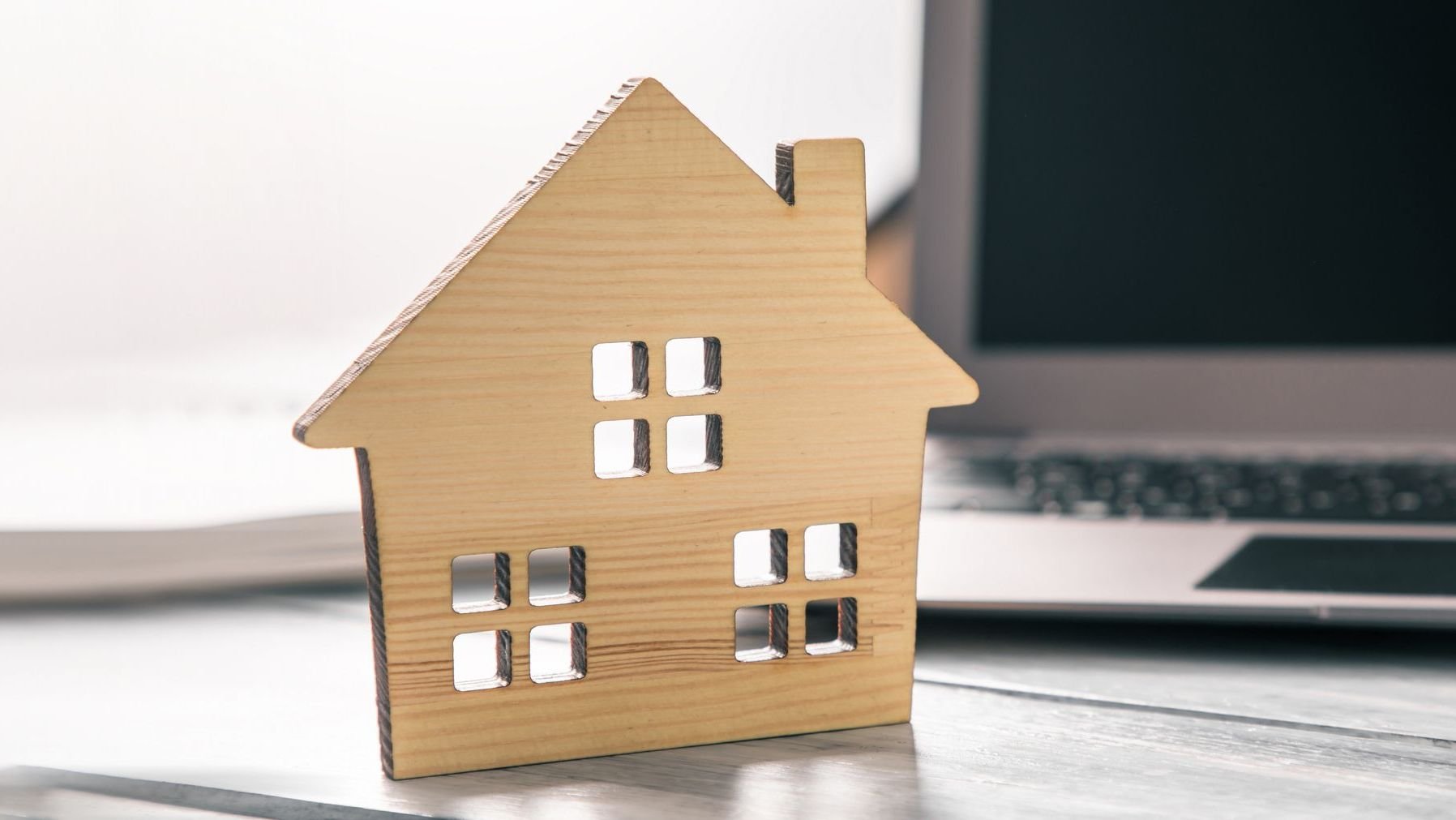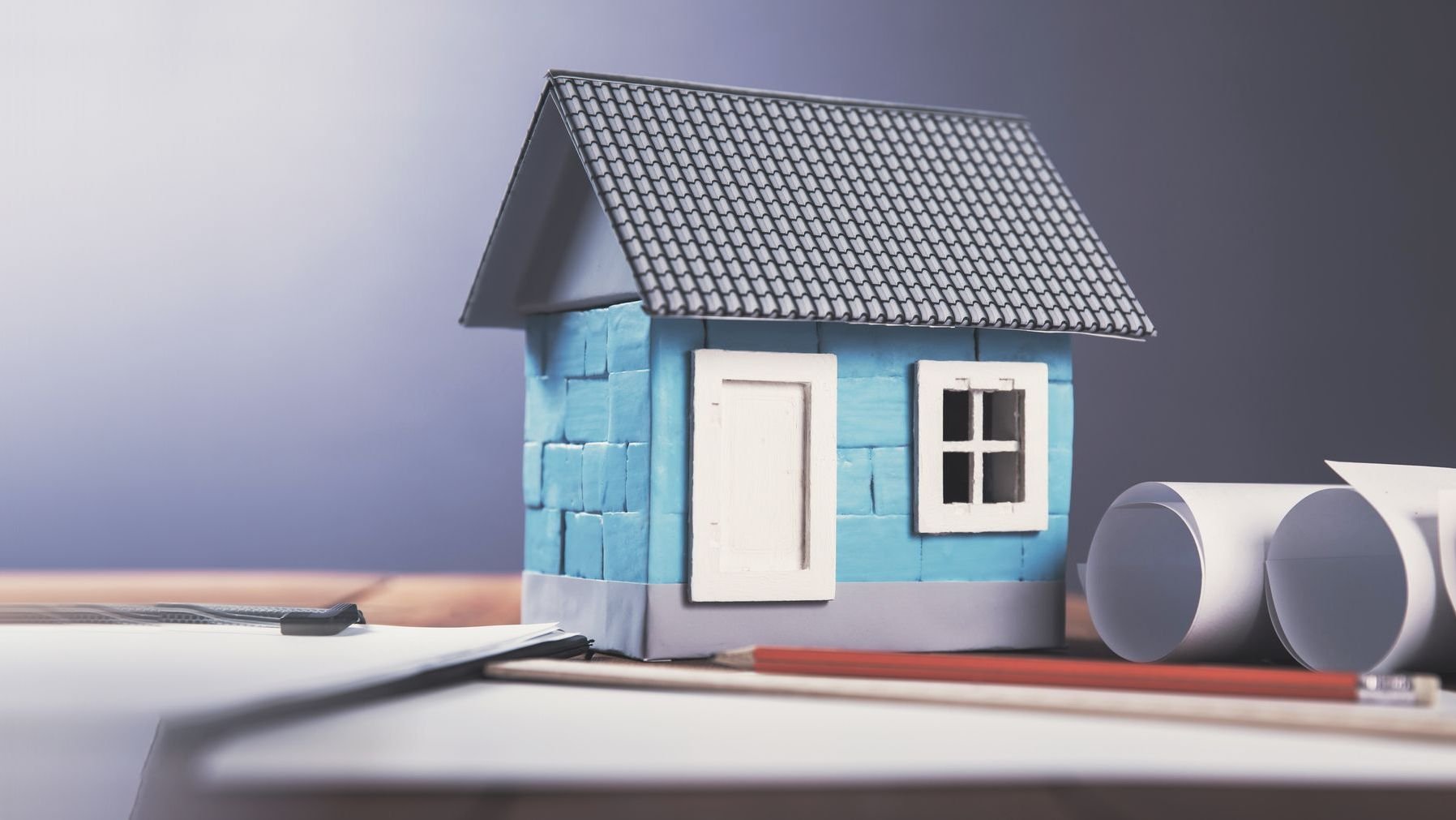Using a 1031 Exchange To Consolidate Your Real Estate Portfolio

Your investment goals are never set in stone. New developments, life milestones, and career progress can alter what you want in your portfolio. Thankfully, there are many tools and strategies you can use to consolidate your assets and make them efficient to serve your needs. One promising option is a 1031 exchange.
Pros and Cons of Doing a 1031 Exchange Into Retail Property

Due to their tax-deferral benefits and entry to new market sectors, 1031 exchanges have become a popular investment strategy for modern investors. One promising niche in which to conduct an exchange is retail property, which is eligible since these assets are inherently held for business or investment use.
Can You Do a 1031 Exchange With Distressed Properties?

Conducting a 1031 exchange is a tax-advantaged practice that allows you to delay capital gains tax payments. With the strict rules set by the IRS, however, it’s not surprising that many investors need clarification, especially if their asset has a few special characteristics. For example, can you do a 1031 exchange with distressed properties? The answer is yes, but there are a few considerations that make this yes more complicated than it seems.
Using a 1031 Exchange to Transition Into Senior Housing

As you age, you may begin looking for investments that offer long-term stability instead of high-risk, high-reward promises. Among the many strategies available, transitioning your portfolio to senior housing through 1031 exchanges is a viable option. This move may align with your changing lifestyle while also offering benefits like tax deferral.
Long-Term Implications of a 1031 Exchange

Entering a 1031 exchange is a smart strategic move for investors, allowing them to defer capital gains payments and keep more of their equity working for them. However, there are long-term implications of continuing 1031 exchange cycles — both good and bad. A proactive investor like yourself should understand these possibilities to better prepare for them in the future.
How To Handle Inherited 1031 Exchange Properties

Inheriting real estate is both a blessing and a financial puzzle, especially for assets that have been previously involved in transactions like 1031 exchanges. If your parents left you such properties, you may be wondering if there are any taxes you need to pay or processes you need to continue. In this article, Realized 1031 discusses 1031 exchange inherited property to help you understand what to do next. Let’s take a closer look.






